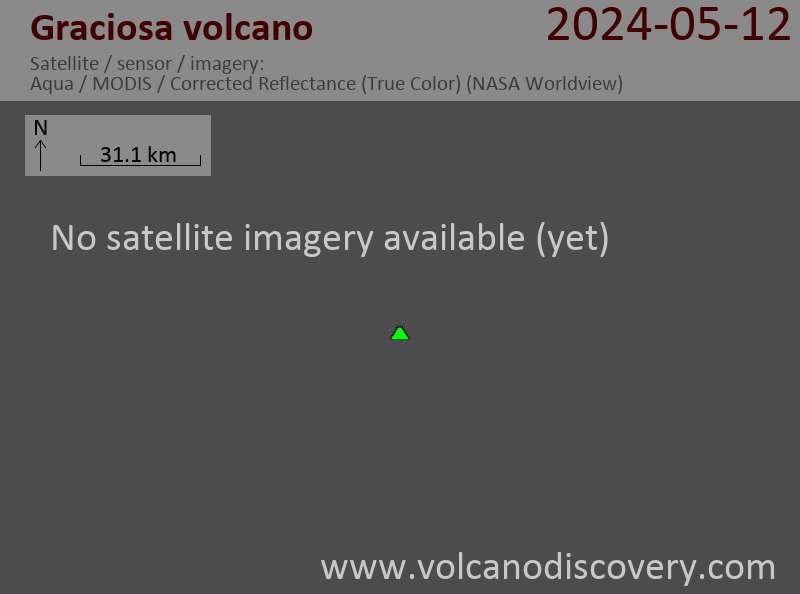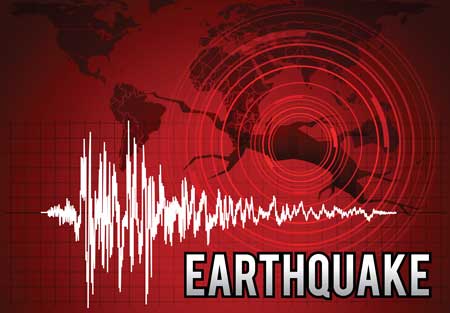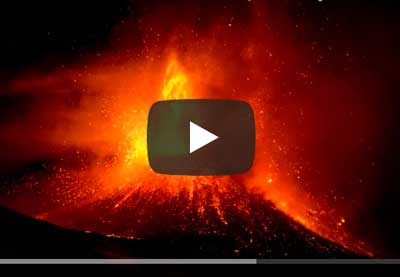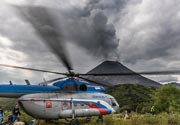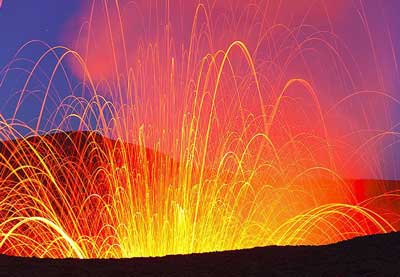Graciosa Volcano
Updated: 24 abr. 2024 23:34 GMT -
stratovolcano 402 m
Azores (Portugal), 39.02°N / -27.97°W
Current status: normal or dormant (1 out of 5)
Azores (Portugal), 39.02°N / -27.97°W
Current status: normal or dormant (1 out of 5)
The SE end of Graciosa, the northernmost of the central Azorean islands, contains a small 0.9 x 1.6 km caldera with active fumaroles.
[smaller] [larger]
Erupciones del volcán Graciosa: 2000-4000 years ago
Latest nearby earthquakes
| Fecha / Hora | Revista / Prof. | Distancia / Ubicación | |||
Background
The 402-m-high SE caldera rim is the high point of the small 4 x 8 km island. The caldera has been the source of eruptions producing significant tephra falls, pyroclastic flows, lahars, and lava flows. An important fumarole field is located in a volcanic cave inside the caldera, and a submarine fumarole occurs off the NW coast of Graciosa. Scoria cones erupted along several widely spaced NE-SW-trending fissures fed a youthful lava field that forms the NW end of the island. The most recent eruption from Pico Tomao, NW of the caldera, produced a lava flow that reached the eastern coast NW of the village of Praia.-------------------------------------
Source: Smithsonian GVP
Graciosa Volcano Photos
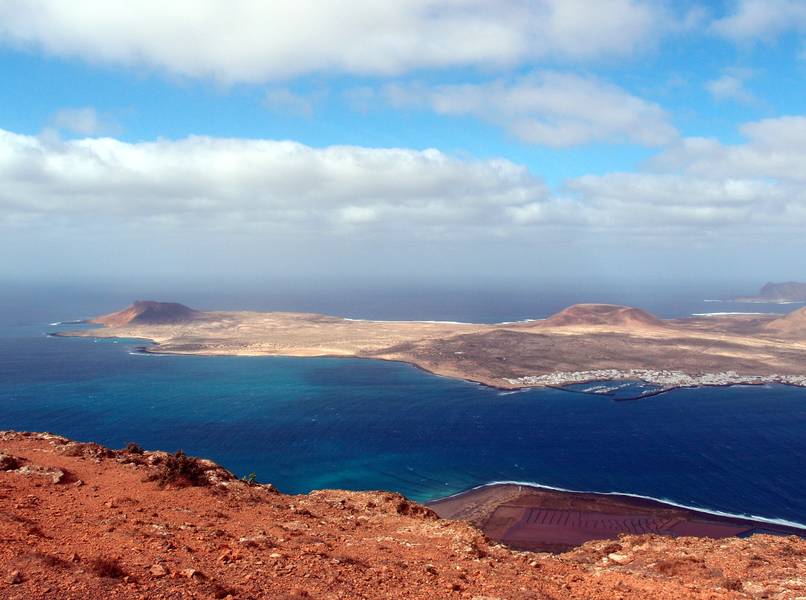
Vista sobre la isla de La Graciosa, situada al norte de Lanzarote, Islas Canarias (Photo: Janka)
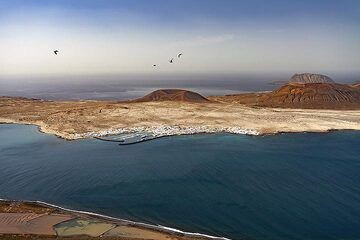
La isla La Graciosa cerca de Lanzarote. (Photo: Tobias Schorr)
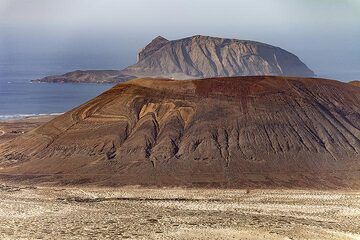
Cráteres en la isla La Graciosa. (Photo: Tobias Schorr)
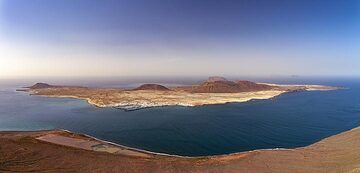
Vista panorámica de la isla de La Graciosa. (Photo: Tobias Schorr)





